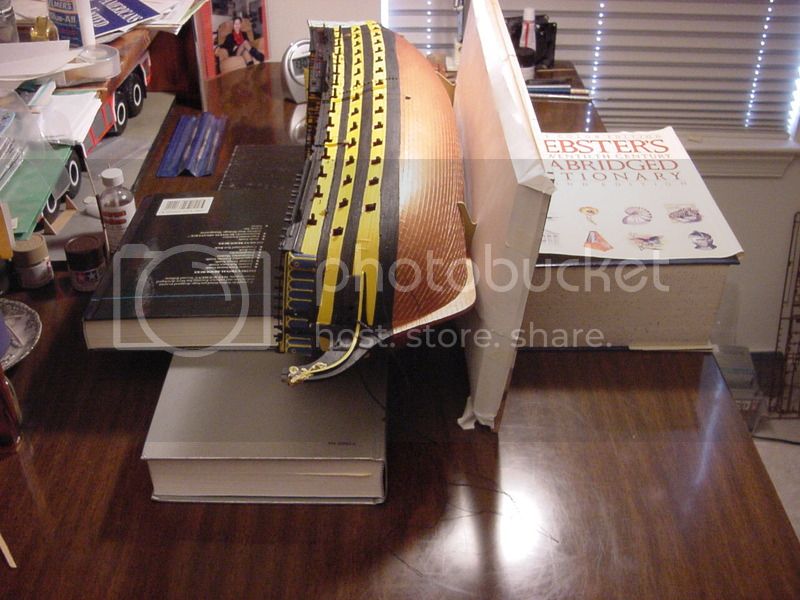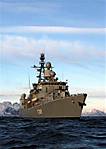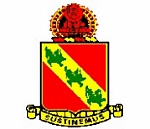SO today (and last night) I finished painting part 35 (18 of them - they're only upright posts) that go around the opening on the top deck - no photo yet, but I think they look good. I painted them in a 2-step process: the first step was just to paint the rounded base, then after assembly, finish painting the rest of the post. I could have painted them on the sprue, but the flashing really needed to be trimmed off.
I also go all the chainplates attached, and today, I attached the chainplate support rods. Putting those support rods in was tricky, as I had to look at the underside of the chainplate to see where they were supposed to go. Trying to find the corresponding place on the hull took some doing - in the end, I put the support in place (without glue), then eye-balled where the support would attach to the hull. Initially I was using a mirror to look at the underside of the chainplates, but that wasn't too satisfactory. So when I finally got the foremast chainplate supports, I set the boat on its side, using some big books to help hold it in place

What was strange, was the middle support of the mainmast chainplate, doesn't line-up with hull - it lines-up with a cannon porthole!! Not sure what to make of that.

Now here again, Heller's very finite wisdom is on display. Of all the support rods, the mizzen & mainmasts are molded in black plastic; for the foremast, they're molded in dark brown! Why? Why couldn't they mold them in black, like the others? I know the instructions say to paint the rods to match the background hull color, but come on, would it have killed you to mold these parts in black?

And so it goes....








































